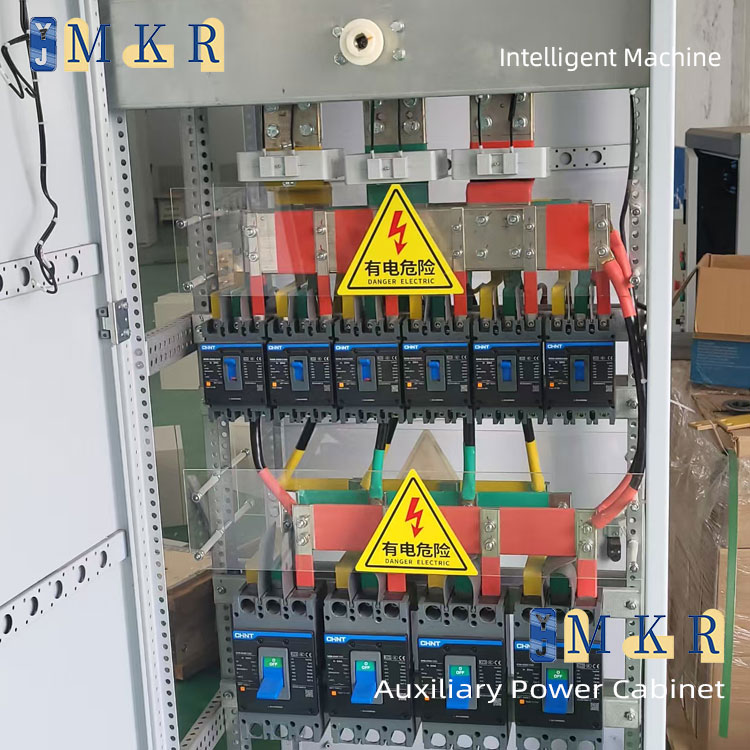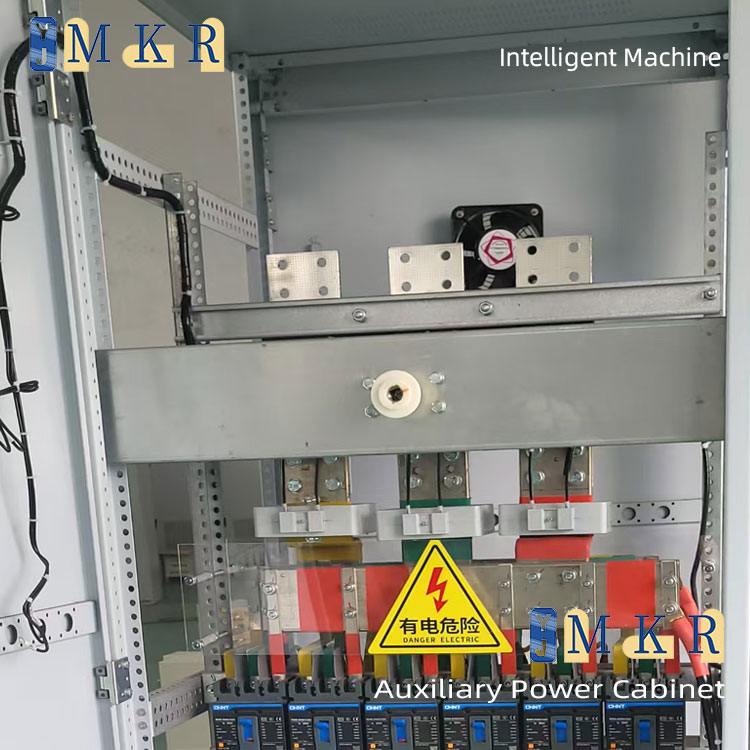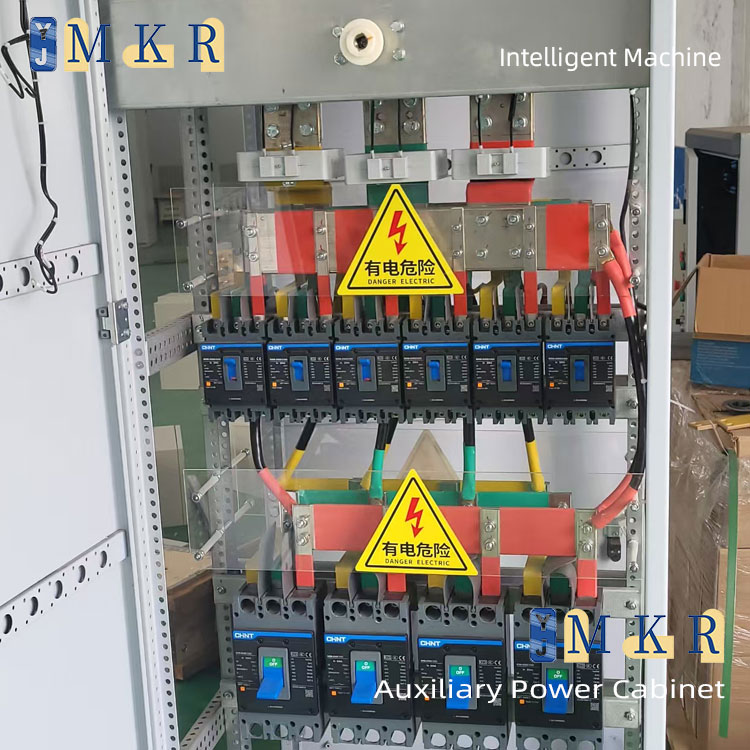Details
When the auxiliary power cabinet is in rectification operation, it converts AC power into DC power through a rectifier. Rectifiers usually adopt silicon rectifier or silicon-controlled rectifier to convert AC power to DC power by controlling the conduction and cutoff of the rectifier components.
Structural composition:
It consists of auxiliary converter, battery charger, single-phase power supply, input filter circuit, charge and discharge circuit, inverter circuit, output transformer, three-phase output circuit, DC circuit, three-phase filter circuit, DC filter circuit, emergency power circuit and related control circuits.
Application scenarios:
In the field of rail transit: As a power conversion device suitable for lighting, display instruments and air conditioning in carriages, it aims to supply power at low voltage and limited frequency, and is applied to ordinary railways, subways, Shinkansen, etc.
It performs rectification and inversion of AC power to provide DC power, or undertakes functions such as filtering and voltage stabilization for DC power. It guarantees the stable operation of the power system, such as charging pile, UPS (uninterruptable power supply) and other equipment.
Our commitment
We provide not just a standard distribution cabinet, but a complete electrical control solution. From the preliminary technical consultation, scheme design, manufacturing to installation, commissioning and after-sales service, our professional team will provide full support to ensure your rolling mill equipment achieves optimal operating performance.
Welcome to inquire, we accept customized services to meet the various needs of our customers.
Technical parameter
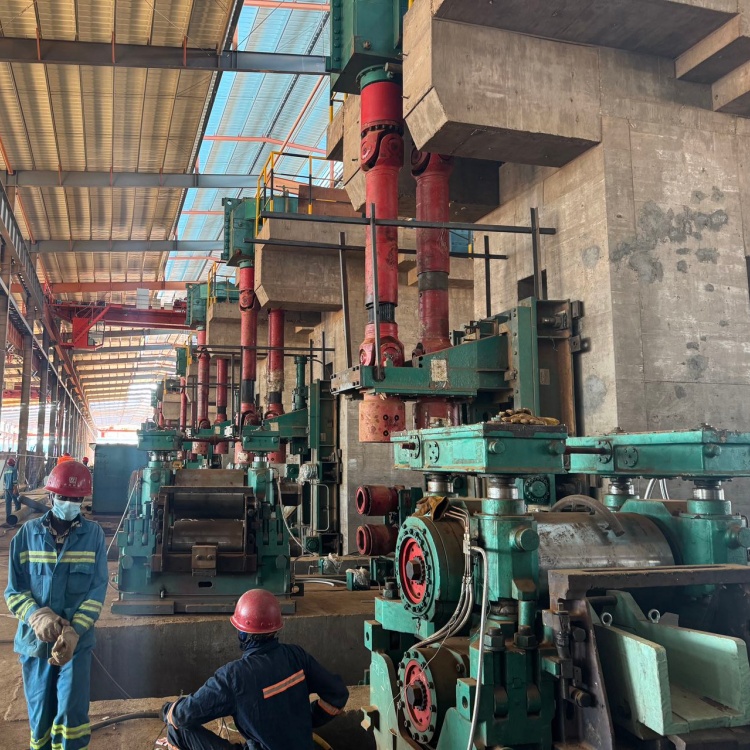
Introduction to High-Spe
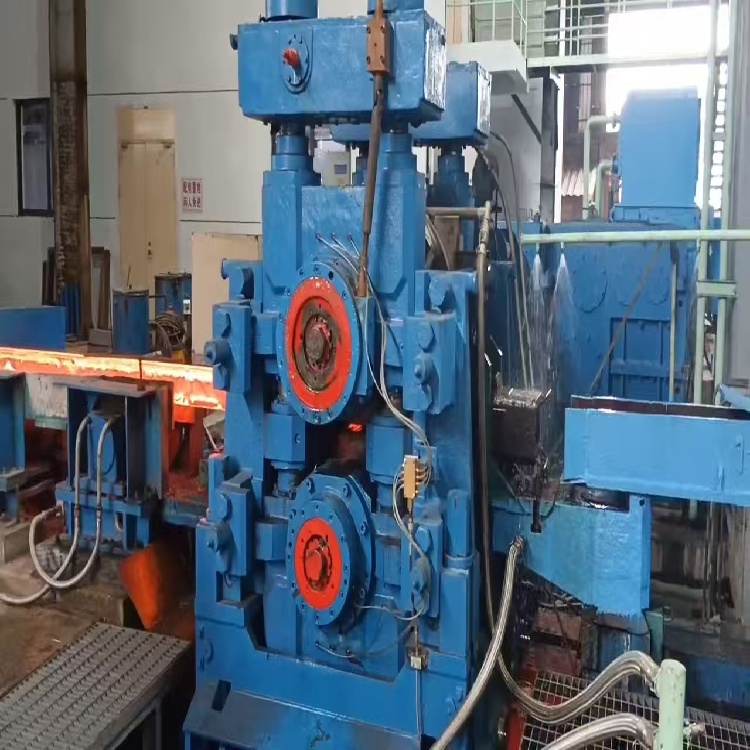
Introduction to High-Spe
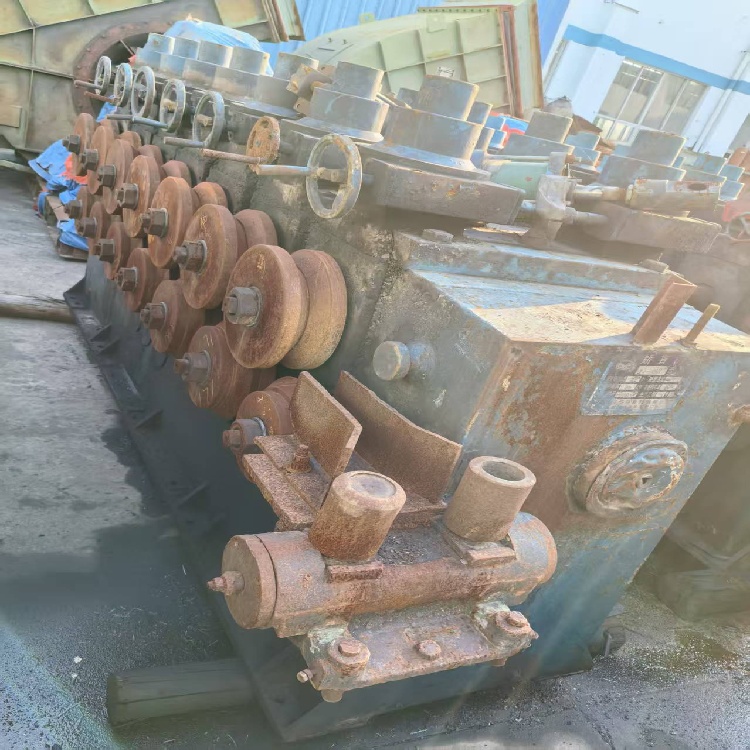
Straightening Machine
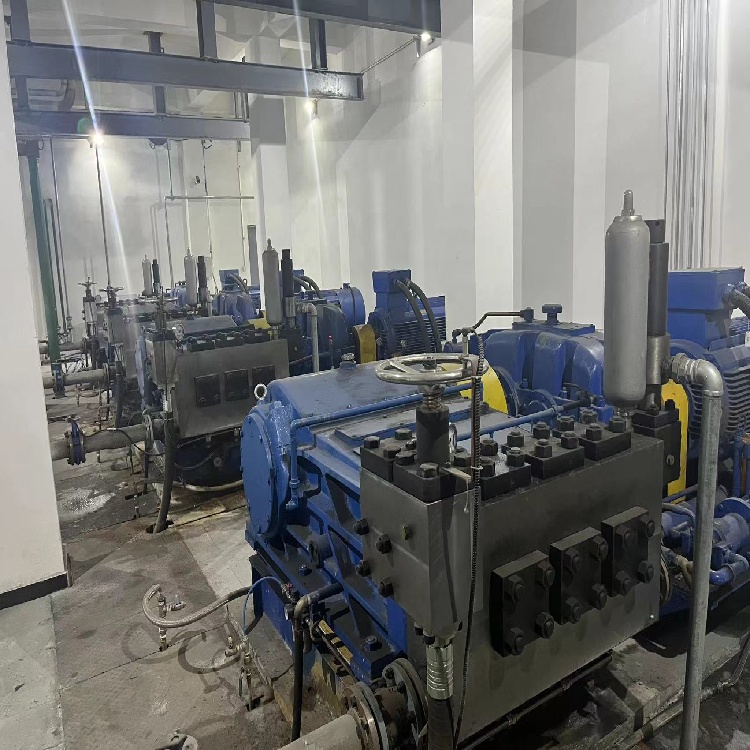
High-Pressure Water Desc


